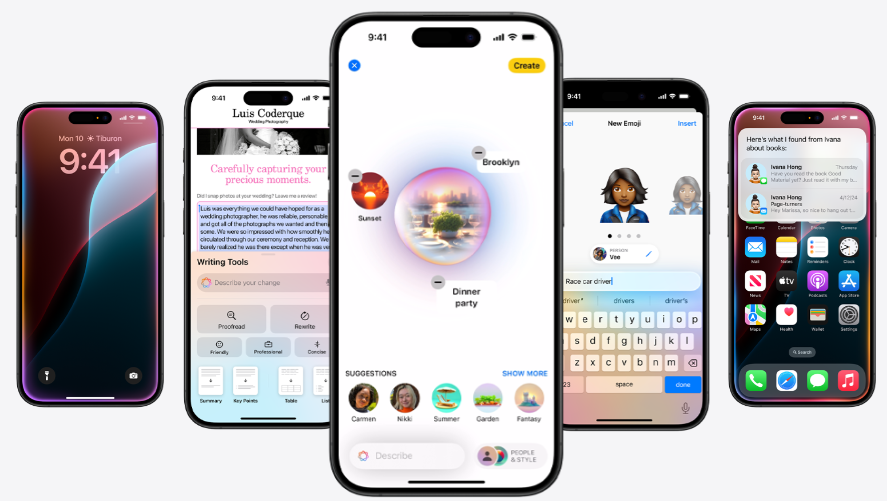BY MEGAN RAY NICHOLS
Technology is an integral part of our daily lives. We talk to friends and family, stay connected with colleagues, socialize and work from home on our computers and smartphones. Different types of technology show up in nearly every sector, from food to education to manufacturing and everything in between. The innovations that we know and love today rely on one thing to keep them moving forward — semiconductors
What are semiconductors? How do they work, and where might you find them as part of your everyday life?
What Are Semiconductors?
When you plug your charging cable into the wall, how does it work? Electricity travels from the socket and through a copper wire until it reaches your phone or another battery-powered device. This setup works because the copper inside your charging cable is known as a conductor — it transfers electricity well and under nearly any circumstance. Copper and other conductors like steel and aluminum have very little resistance and allow electricity to flow unimpeded from source to destination.
Semiconductors, on the other hand, act as insulators most of the time. They have higher resistance and don’t transmit electricity easily or at all. On the other end of the spectrum are the insulators — materials that don’t conduct electricity at all. You’ll often find these surrounding conductors and semiconductors to prevent the power from arcing out and potentially causing harm. Rubber and carbon are both standard insulators.
If they don’t transmit electricity but only work as an insulator some of the time, why are semiconductors essential in the creation of technology? How do they work?
How Do Semiconductors Work?
When you’re looking at semiconductors and how they work, you need to consider something called an energy band. In these elements, there are two different bands — the conduction and the valence band. Electrons need to be able to move back and forth between these two components to conduct electricity.
On conductors, there is no gap between the valence and conduction bands. In insulators, there is a large gap between the two, so electrons can’t move back and forth, preventing energy transmission. Semiconductors fall in the middle between the two — the gap between the conduction and valence bands is smaller but will only overlap during certain circumstances.
The circumstances that allow a semiconductor to transmit energy can vary depending on the application. It could be resistance, temperature, number of connections or any number of other things. For example, a semiconductor in a system could be in place to help reroute excess energy if it reaches dangerous levels. It could also act as a fail-safe cutoff switch if the system reaches a temperature that might damage the rest of the equipment.
Creating semiconductors can be difficult. These materials require precise temperatures and environments, and it can take weeks or months to develop a single chip, making exact manufacturing specifications essential to keep the supply chain moving forward. Where might you find semiconductors as part of your daily life?
Semiconductors in Daily Life
What are you reading this piece on? If you answered a computer, laptop or cell phone, you’re using semiconductors. Is there a thermostat in your house connected to an air conditioner? You’ve got more semiconductors, in this case, temperature sensors. The processor in your computer, the internet you’re connected to and even the display you’re viewing it on all use semiconductors in various forms.
Medical devices, automobiles, digital cameras, smart appliances, washing machines, LEDs — all of these things use semiconductors to carry out their tasks. If it’s computerized or uses radio waves, it’s got semiconductor inside it somewhere. We owe most of our technology — and modern society as a result — to the use of semiconductors.
Without semiconductors, we wouldn’t have most of the advancements we know today. Before the invention of the transistor in 1947 — one of the first applications of the semiconductor — technology like televisions relied on vacuum tubes. These were large, ungainly and broke easily. Can you imagine trying to carry a vacuum tube-powered cell phone in your pocket? Dropping your phone wouldn’t just put you at risk for a broken screen — it could potentially destroy the device entirely!
Semiconductors even support things like the GPS on your phone. These materials can survive and function in the harsh vacuum of space, making them the perfect choice for use in the satellites that you tap into every time you use navigation.
Where Do You See Semiconductors?
Look up from your screen and take a look around your room. Where do you see semiconductors around you? You might never hold a semiconductor in your hand, but the majority of our modern technology wouldn’t exist without them. See if you can list all the semiconductors in your room and let us know how many you find in the comments below.








Leave a Comment